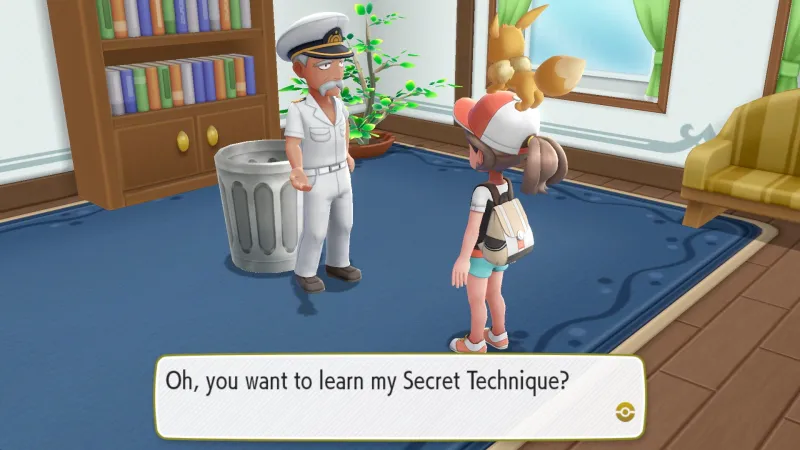


To say RPGs are popular is to massively understate the power of the huge genre. RPGs, far from being just games with turn-based combat or character customization, have begun to permeate other genres as well. RPG mechanics like leveling up, wizards, or dialogue options have been applied to many games, from Assassin’s Creed Odyssey to NBA 2K. The RPG genre is far reaching and ever spreading, and some of the most popular and highest-selling games to fall under this umbrella are the Pokémon games, which embrace as well as avoid a cavalcade of RPG mechanics and features.
However, the core tenets of the RPG could be developed further in the Pokémon franchise. It certainly embraced the turn-based combat, but the main characters usually provide very few meaningful ways to make the player and the character feel connected outside of recent character-customization options. You don’t make choices for your trainer, you don’t interact with others as your trainer; world interaction begins and ends with wild pokémon, leaving no exploration or impact truly valuable to the journey aside from pokémon collection. Every time I finish exploring a new region, I have to wonder what could have been changed around to make each route and town feel like more lived-in, more real. The Pokémon games have assuredly amassed a following due to the formula that they have created, but to fully engage with its world, it could lean even more into RPG territory. To examine that idea a little further, here is an exploration into what RPG mechanics the Pokémon franchise has already adopted, and which it should expand upon.

Ways It's Done Well
The world of Pokémon is full of interesting characters and unique locations, but the side stories that exist within them are not particularly compelling. That’s not to say Pokémon games have no good sidequests at all, but they are far and few between. One that stands out is The Poké Doll sidequest from Generation I and II, as it does a great job of expanding the region and showing the real impact of your characters.
The Poké Doll quest starts in Red and Blue, when a young girl nicknamed Copycat gives you the TM for the move Mimic in return for a Clefairy doll. When you return to Kanto in Gold and Silver with a new character, you learn Copycat’s house was replaced with the Magnet Train, causing Copycat and her family to move. Speaking to her, you learn that in the three years between Gen I and II, Copycat lost the doll Red had traded to her. Finding it and returning it to her nets you a Magnet Train pass, but it also grants the player a lot more insight into the way the Pokémon world works. Seeing that the world has changed and grown between games is exciting, and the effect of the player is still felt from game to game.
Unfortunately, sidequests like this are in the minority throughout the series. Many sidequests amount to little more than fetch quests or trades, adding nothing to the characters or the world of the game except for the contents of your pack. Unfortunately, a lot of the fleshed-out sidequest content is saved for post-game. For example, ace detective Looker and his questlines are some of the most involved and interesting quests in the game, but they are saved for the very, very end. The story of helping Looker care for a homeless child or learning how he lost his partner in pursuit of the Ultra Beasts helps actually make the Pokémon regions feel inhabited by real people, but in terms of story positioning, are far from player’s minds as they journey to become champion.
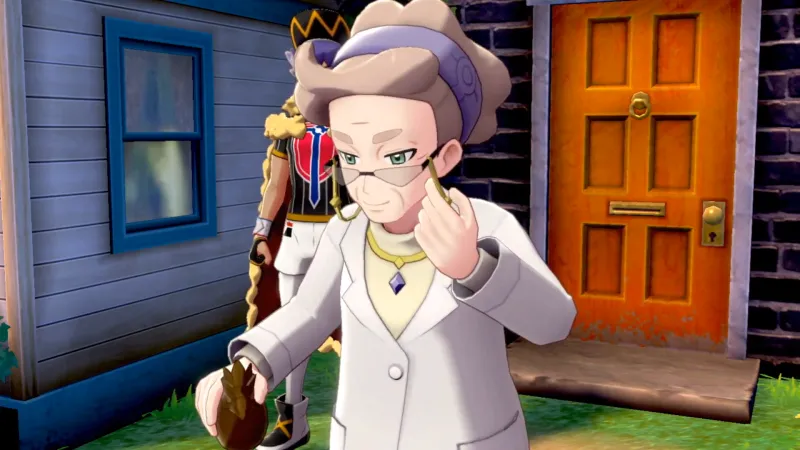
Ways It Could Be Improved
Other RPGs have extensive, engrossing sidequests that do more than pad the player’s wallets. One Breath of the Wild sidequest tells the story of blackmail and betrayal in Kakariko Village. Final Fantasy XV lets you fight a mountain. In The Witcher 3, Geralt can convince a dumpling roller to return to his old sword-forging ways. The beauty of sidequests is that they are optional; you choose to devote your time to something other than completing the game, and the game, in turn, must provide a compelling reason to split your time in that way. They could expand the world, tell a unique and self-contained story, grant unique items, or have a distinct idea that’s just fun to play.
For an entirely fictional example, let’s combine the Looker concept with the Copycat quest. Imagine a sidequest in the Galar region in which you encounter a youngster who we will name Joey, after no Pokémon Gold and Silver character in particular. Joey, being young, doesn’t have a pokémon but dreams of finding a partner of his own. Unfortunately, Joey is a little picky, and has seen a Rattata running around that caught his eye. You can then take the time out of your journey to escort Joey to the right place (who can’t walk through tall grass on his own without a pokémon), which then could lead to a special area that you couldn’t have found without Joey’s help. This area could have some items, maybe even a few rarer pokémon, and Joey can finally catch his Rattata. This quest could come to a head after you become regional Champion when – similarly to the challenger system in Sun and Moon – Joey will challenge you with a team of Pokémon that he caught all because you gave him the courage and help to become a trainer.
So, what does this sidequest accomplish? It expands the world, both literally by opening a new area, and figuratively, by introducing you to new characters and their personalities. The quest had impact, as Joey can go on to become one of the more powerful trainers in the region, eventually defeating the Elite Four himself. It grants items and new Pokémon – two of the most precious commodities of the series – in the new area as well. While this specific sidequest doesn’t need to be added to the game, a couple sidequests throughout the main story that amount to more than “Do you have X item or Pokémon?” could seriously improve the personality of the region.
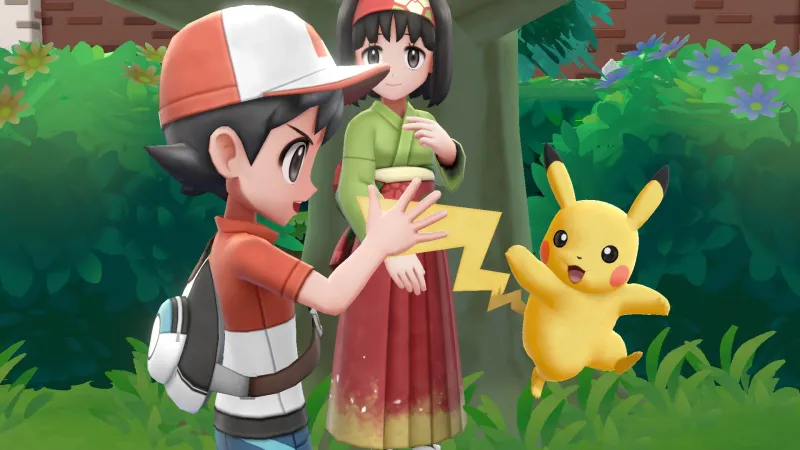
Ways It's Done Well
Remember characters like Cheryl, Marley, or Buck? These characters could be found in precarious situations in various locations across the Gen IV Sinnoh region. Due to their situations, the player character joins up with them to get through certain dungeons. These characters, each with their own personalities, Pokémon, and stat specialties, battle alongside you until you reach the end of the dungeon. Once the dungeon is completed, you part ways with your partner, but they can be found again to battle alongside you in the post-game Battle Tower.
This is a unique and fun idea for the Pokémon games, but terribly underused. There are five characters like these in Diamond and Pearl, but few in any other game. The excitement of fighting alongside these new characters, learning what Pokémon they use and how you can build a synergy with them in battle is great, and should be explored further.
In Pokémon Gold and Silver, for example, the rival character Silver has one of the game’s most powerful arcs, and the player has direct control over the arc. Fans of Gold and Silver know Silver is an incredibly mean-spirited and abusive character, both toward you and his own Pokémon, viewing kindness as weakness and seeing pokémon as tools for power. However, over the course of the game, Silver sees, through you and other trainers, that friendship with pokémon can also be powerful. He mellows out and begins to train, softening his rude demeanor. The full change can be seen through his Pokémon; his Golbat evolves into Crobat, a feat only possible through high friendship. The game shows instead of tells that he has finally learned to care for his Pokémon, and if you don’t go back to battle him seven times after becoming Champion, you could miss the arc.
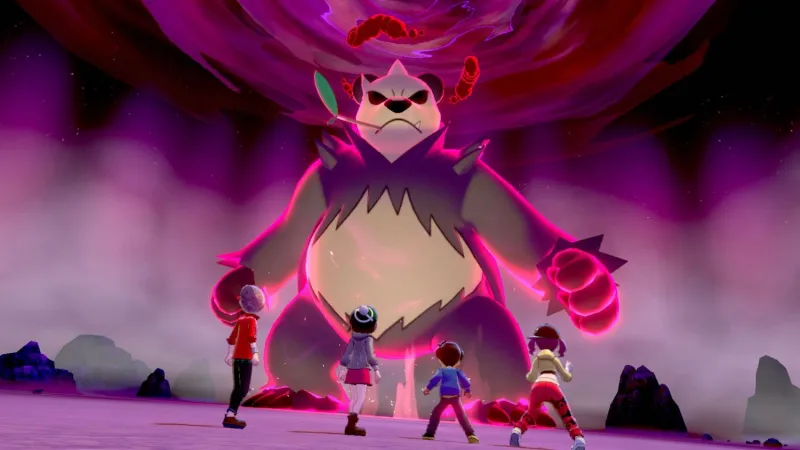
Ways It Could Be Improved
Rivals and partner characters like the ones mentioned above are a great place to start forming meaningful relationships throughout the Pokémon franchise. Imagine a Persona or Fallout-style series of quests centered on these side characters in which the results net you in-game benefits with them. A simple set of quests involving some battles, people, or exploration for a specific character could allow you to customize the moves the partners’ pokémon might have, or which pokémon they throw out first, letting you customize what kind of strategy your team utilizes. These partners could then be used in certain areas of the game world, making their quests meaningful and useful.
The rivals could have relevant rewards on top of their character arcs. After helping them out, they could possibly be repeatedly challenged to train against, or have useful information or items based on their personalities. What if their parents are geologists, so after you’ve helped them in their quest line, they could give you information on where to find valuable evolutionary stones or fossils? They could continue to be a major fixture in the main story, challenging you along the way, but could also have rewards or features like this based on putting in the time with them.
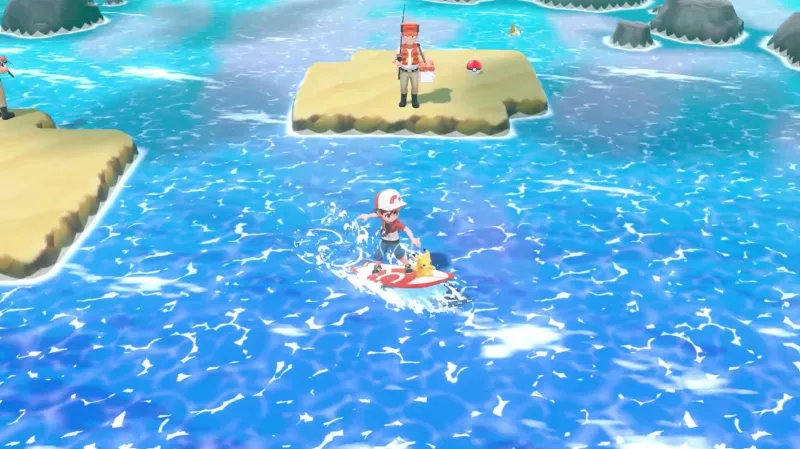
Ways It's Done Well
The Pokémon games have a decent understanding of how to approach affecting the in-game worlds. Examples of this include everything from the classic Snorlax in Red and Blue asleep on the path to the blackout in Lumiose City in X and Y. It extends even further into smaller aspects that pay off, like the Team Grunts remembering you after a battle or recognizing you based on reputation, or the way the games interact across generations, like the battle with Red in Gold and Silver or the battle with Cynthia in Black 2 and White 2.
These interactions could immensely help make the world feel like more than simple outlets for pokémon collection. The Poké Gear helps with this as well, reinforcing the idea that people are going on doing their thing while you continue your journey. However, more often than not, the world impact is restrictive instead of additive; the Snorlax and a power outage serve to prohibit the player’s access to certain areas before they were supposed to get there. You can impact the world only so far as to remove a restriction, not to add something new.
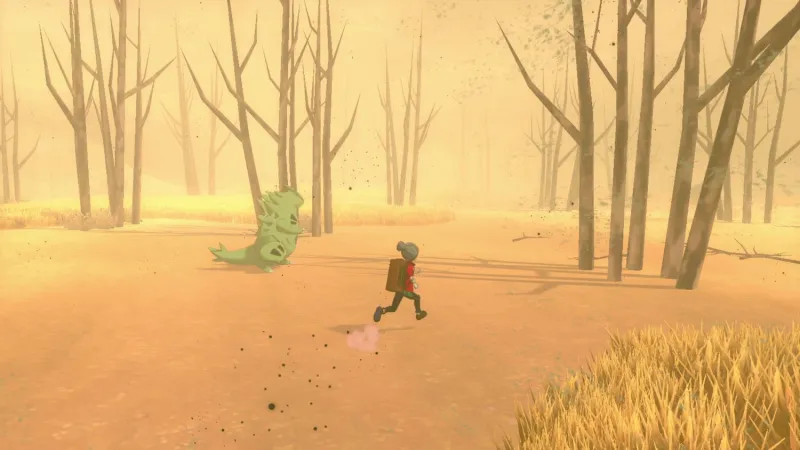
Ways It Could Be Improved
Instead of removing these roadblocks, we add road around it. Based on player interaction, whether it be, for example, helping a character in a dungeon or battling a certain number of grunts from the evil team, new areas or items can become available. They are not confining; these additions are not necessary to complete the game. They serve merely as rewards for engaging with the world instead of grinding from point A to B.
World impact is normally based on player interaction, but world impact, even based on the main storyline, could be improved. Characters acknowledging the actions of the enemy team or your feats thus far, even acknowledging that they saw you interviewed on TV could be enough. In X and Y, a giant weapon sprouts out of the backyard of a poor man in Geosenge Town, and he doesn’t say a word about it! Instead he repeats the dialogue he used before the weapon destroyed his property. When world change isn’t reflected in the characters that inhabit the world, the immersion can be damaged. Seeing the events of the story, or even your actions, affect the people around you could go a long way in presenting a living world.
To make Pokémon a more engaging RPG, the core formula doesn’t need to change; the loop of training and befriending your own pokémon is enough to make it one of the highest-selling franchises of all time. However, a few smaller changes here and there could make the world of Pokémon that much more exciting to explore. I hope the Galar region of Pokémon Sword and Shield make for a thrilling and innovative region for both new and old fans.
For more on Pokémon, check out our breakdown of two new pokémon or our wish list for some new Pokémon.

Explore your favorite games in premium print format, delivered to your door.